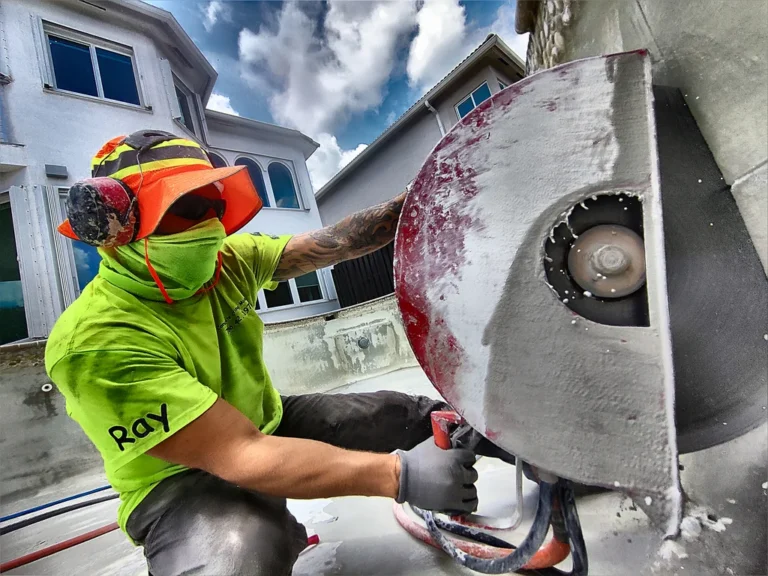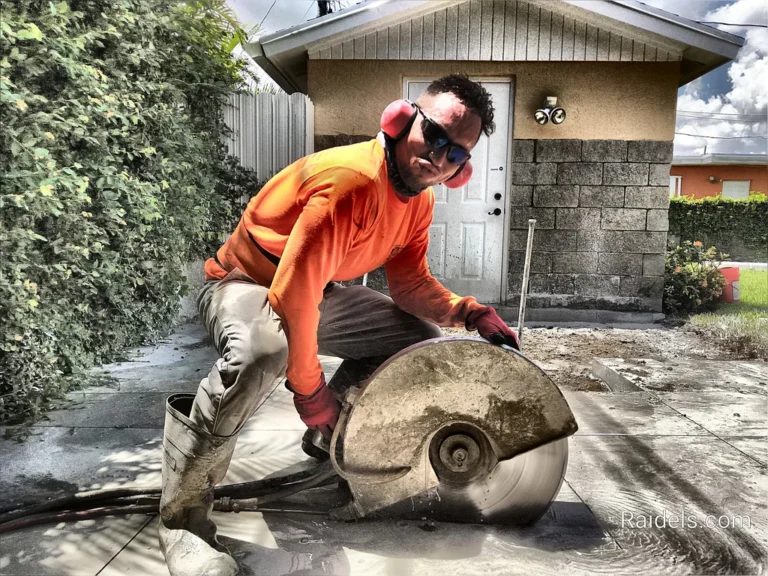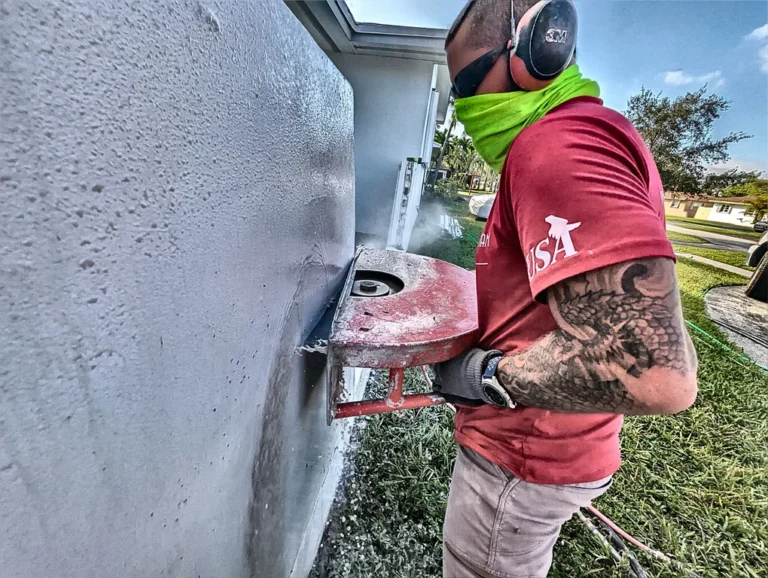Demolition is a process of tearing down or breaking up a building or other structure. It is a necessary step in a wide range of construction projects, and it can also be required when a structure has become unsafe or obsolete. In the demolition industry, there are three main methods of bringing down a building: implosion, high-reach arm, and manual demolition. In this article, we’ll explore each method in detail, including its advantages and disadvantages, and which method is best suited for different types of demolition projects.
Implosion Demolition
Implosion demolition is the most visually impressive method of demolition, in which a building is brought down by a controlled explosion. This method is typically used for tall structures located in densely populated urban areas, where a traditional demolition would be unsafe or impossible due to the building’s size and location.
The Process
In implosion demolition, a team of demolition experts will place explosives in strategic locations throughout the building, usually in the basement and on the lower floors. These charges are then detonated in a precise sequence, causing the building to collapse inward on itself. The result is a pile of rubble that is easier to clear and dispose of than a traditional demolition.
Advantages
The primary advantage of implosion demolition is speed. Once the explosives are set, the actual demolition takes only a few seconds. This method can be particularly useful in situations where time is of the essence, such as when a new structure needs to be built on the site quickly.
Disadvantages
While implosion demolition may be fast, it is also the most expensive and complicated method of demolition. It requires specialized equipment, trained personnel, and careful planning to ensure the safety of the surrounding area. It is also not suitable for all types of buildings, such as those with steel frames, which may require manual demolition instead.
High-Reach Arm Demolition
High-reach arm demolition is a method of demolition that uses a hydraulic excavator equipped with a specialized attachment to break down a building from the top down. This method is typically used for mid to high-rise buildings, where implosion demolition is not practical due to the building’s location or structural composition.
The Process
In high-reach arm demolition, the hydraulic excavator is fitted with a long arm that can reach several stories high. The operator uses this arm to carefully dismantle the building, starting from the top floor and working down. The debris is then loaded into trucks and removed from the site.
Advantages
The main advantage of high-reach arm demolition is that it is a precise and controlled method of demolition. It is ideal for buildings that are located in tight spaces or near other structures where a traditional demolition would be impractical. It is also a safer option for workers, as they are not required to be inside the building during the demolition process.
Disadvantages
High-reach arm demolition is not suitable for all types of buildings, especially those that are not structurally sound. It can also be slower than implosion demolition, as the operator must carefully dismantle the building one piece at a time. Additionally, this method can be more expensive than manual demolition due to the specialized equipment required.
Manual Demolition
Manual demolition, also known as “wrecking,” is the oldest and most traditional method of demolition. It involves the use of handheld tools and heavy machinery to dismantle a building piece by piece. This method is often used for smaller buildings or structures that are not suitable for implosion or high-reach arm demolition.
The Process
In manual demolition, a team of demolition experts will use handheld tools such as sledgehammers, drills, and saws to remove the building’s interior and exterior structure. Heavy machinery, such as excavators and bulldozers, may also be used to remove larger pieces of debris. The resulting rubble is then loaded onto trucks and taken to a disposal site.
Advantages
Manual demolition is a flexible method of demolition that can be adapted to suit different types of buildings and structures. It is also typically the most cost-effective method of demolition, as it requires fewer specialized tools and equipment. Additionally, manual demolition can be a safer option for workers, as they have more control over the demolition process.
Disadvantages
The primary disadvantage of manual demolition is that it can be a slow and labor-intensive process. It is also the most disruptive method of demolition, as it can generate a lot of dust and noise. This can be an issue if the building is located in a densely populated area or if there are other buildings nearby.
Choosing the Right Method
When choosing a demolition method, there are several factors to consider. These include the size and location of the building, the structural composition of the building, the timeframe for the project, and the budget. It is also important to consider any environmental or safety concerns that may impact the demolition process.
Size and Location of the Building
For larger buildings located in urban areas, implosion demolition may be the most practical method. However, for smaller buildings or structures located in tight spaces, manual demolition may be the better option.
Structural Composition of the Building
The structural composition of the building will also play a role in determining the best method of demolition. For buildings with steel frames, manual demolition may be the only option, as implosion or high-reach arm demolition can be dangerous.
Timeframe for the Project
The timeframe for the project will also impact the choice of demolition method. Implosion demolition is the fastest method, but it requires more time for planning and preparation. Manual demolition is typically the slowest method, but it can be the most cost-effective if time is not a factor.
Budget
The budget will also play a role in determining the best method of demolition. Implosion demolition is the most expensive method, while manual demolition is typically the most cost-effective.
Demolition is an important step in many construction projects, and there are several methods available to bring down a building. Implosion demolition is the most visually impressive method, while high-reach arm demolition is a precise and controlled option. Manual demolition is the oldest and most traditional method and is typically the most cost-effective. When choosing a demolition method, it is important to consider factors such as the size and location of the building, the structural composition of the building, the timeframe for the project, and the budget.
At Concrete Cutting Miami, we offer a wide range of demolition services, including Concrete Cutting, Chipping, and Manual Demolition. Contact us today at 888 828.8646 to discuss your demolition needs. Follow us on social media for the latest news and updates in the construction industry. Thank you for reading!



